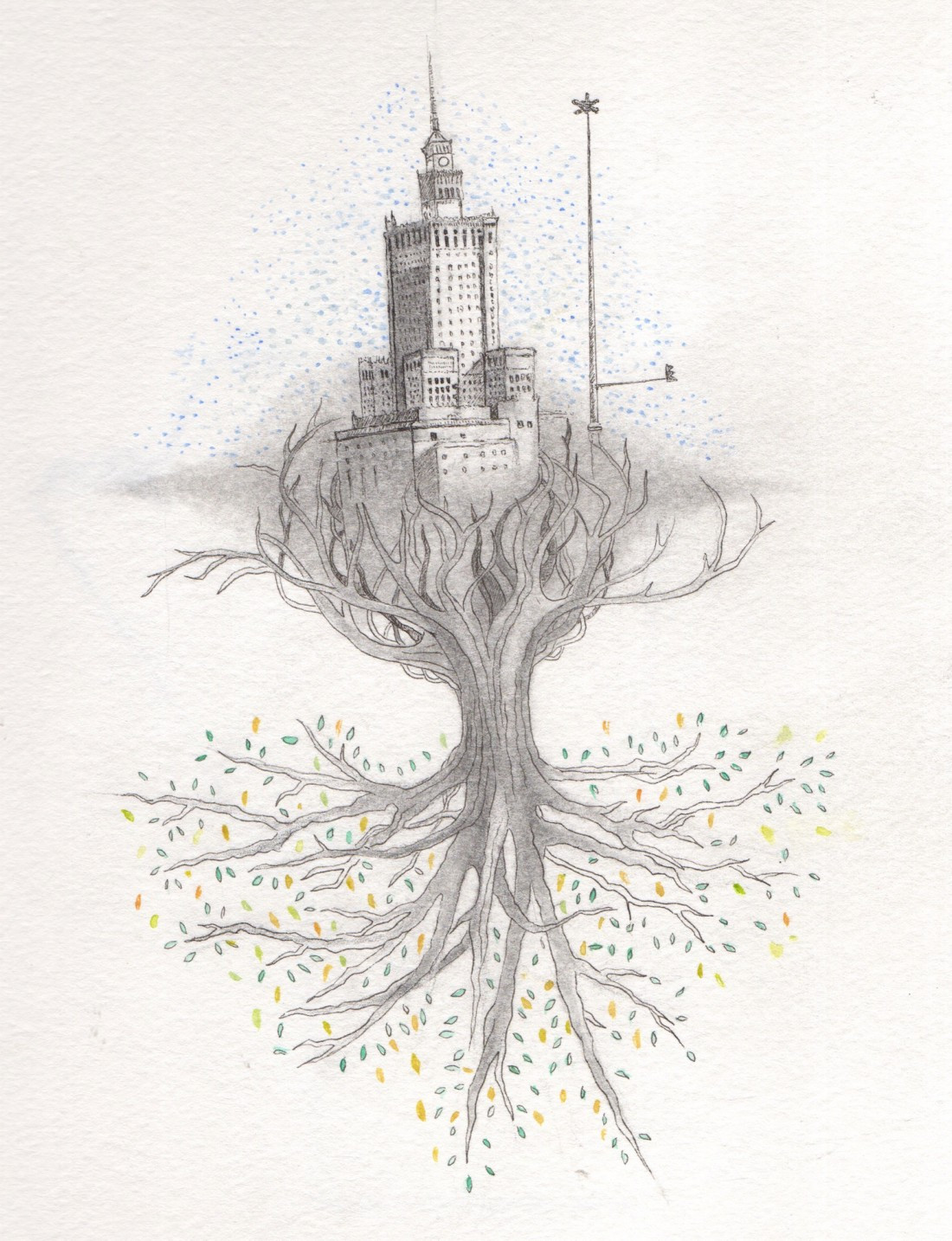Middle of Nowhere
Riverside encounters show the importance of wild spaces

Returning home, I began spending time along the Red, Seine, and Assiniboine, and I saw that Winnipeg’s riverbanks hosted a complex ecosystem of prairie plants and animals, washed-up refuse, and humans of the bike-riding, dog-walking, fish-catching, beer-guzzling, and pot-smoking varieties.
According to a provincial planning regulation, new developments in Manitoba must be set back at least 30 metres from natural bodies of water, and riverbanks and shorelines “are best left in their natural state, undisturbed,” so as to prevent erosion and maintain the natural water-filtering properties of trees and shrubs.
This means that Winnipeg is criss-crossed by corridors of relatively untouched space known as riparian zones. These 30-metre buffers between where “civilization” ends and water begins are the closest thing we have to wilderness within the city limits.
Winnipeg’s riverbanks may be protected by developmental regulations, but they are far from uninhabited. It’s not uncommon to encounter a fellow mammal near the water, yet in many cases the distractions of thick foliage and wandering minds mean these encounters come as a surprise.
I’ve run into yuppies, puppies and crust punks alike, all of them oddly bound by a shared decision to stray from sanctioned trails and into the meandering routes through riverside brush.
These are vulnerable but humanizing encounters, unlikely to occur on city sidewalks. There’s a shift that takes place when we enter spaces seemingly unmanaged by municipal or corporate interests. As the line between deer-trail and bike-trail blurs, we forget our cultured habits like avoiding eye contact and rushing to our destinations.
These riverside routes are organic in a way, the perennial cycle of freeze, thaw, flood and heat revealing new paths one season, then covering them up the next. But each year the riverbanks also recede, clumps of earth falling into the Red and Assiniboine like melting icecaps.
So of course Winnipeg’s riverbanks can’t be entirely wild. Riparian zones must be carefully monitored and managed to prevent erosion, and the city allocates about a million dollars per year to do just that. But at a price tag of $2 million per kilometre, stabilizing the city’s 100 kilometres of riverbank is a massive, and largely underfunded, endeavour.
While issues like potholes and tax rates get officials elected, maintaining the integrity of our riverbanks seems to be a neglected priority, despite the biodiversity, property values, and long-term fiscal nightmares on the line.
The untouched nature of Winnipeg’s riverbanks results not from the inherent value of wild spaces, but from the mere impracticality of building on fragile land and the convenient utility of allowing natural vegetation to do its work.
We will soon have to realize that when it comes to investments in infrastructure, Winnipeg’s riverbanks can’t stay out of sight and out of mind.
Tim Runtz is the Comments editor at The Uniter, an associate editor at Geez magazine, and an occasional bicycle mechanic.
Published in Volume 70, Number 22 of The Uniter (March 3, 2016)






